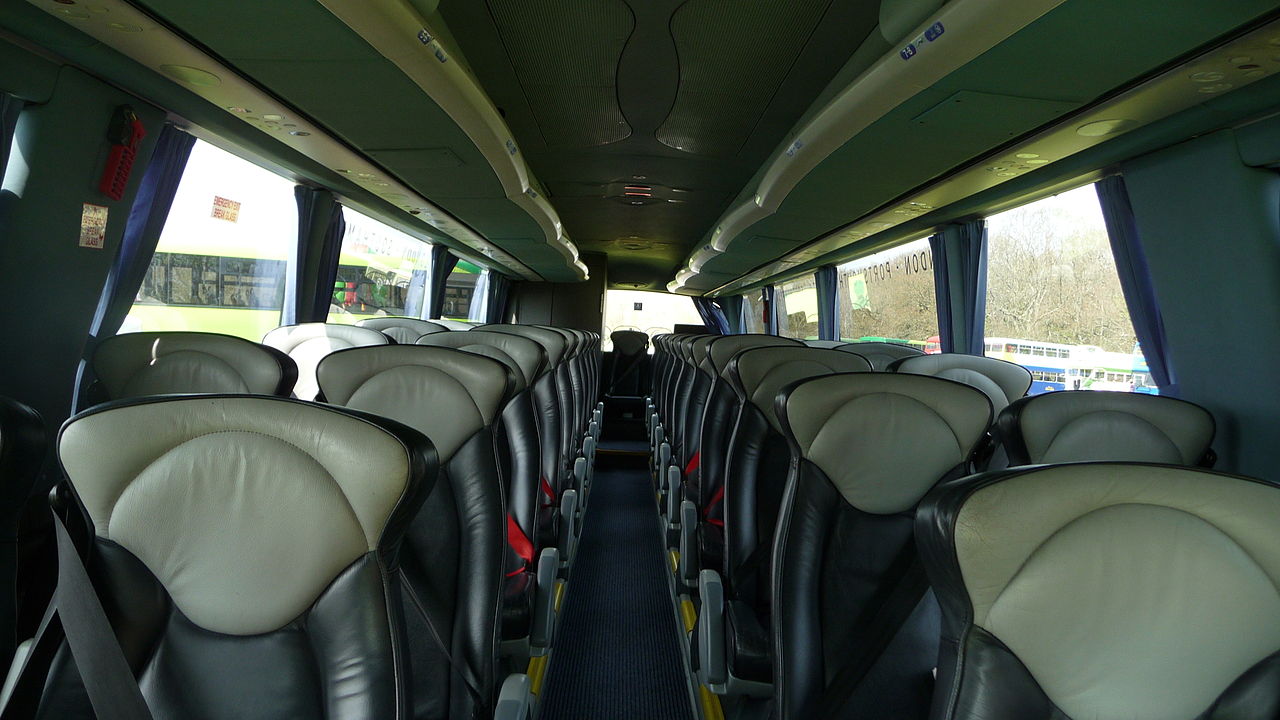Fort Collins, Colorado, is the latest city to embrace America's most underrated type of bike facility.
As it works to improve the low-stress biking network in the newer, car-oriented neighborhoods of its northwest, the city of 164,000 has used a tool that can be perfect for quickly, cheaply linking up the biking grid: a neighborhood bikeway.
The Pitkin Bikeway, as Fort Collins calls its first such project, turns five miles of ordinary lower-traffic local streets into what FC Bikes Program Manager Tessa Greegor calls a "five-mile east-west corridor that goes through the heart of Colorado State University."
The city held an official ribbon-cutting on Friday.

"This is really the foundation of our low-stress network," Greegor said in an interview. "An experience that is similar to riding on the trails."
Here's the biggest challenge to making biking on a side street like Pitkin Street feel like biking on an off-street path: making it much easier to cross the big streets.
"The problem is getting to an arterial or a major street where you have high speeds, high traffic volumes and not having a comfortable way to get across," Greegor said. "At some of these intersections, especially the one at Shields and Springfield, you'd see people essentially trying to play Frogger trying to get across. … To be able to access signalized intersections, they'd have to travel two or three blocks out of their way."
The obvious answer would be adding traffic signals. But installing a new four-way stoplight is expensive -- maybe $150,000 in Fort Collins, which is (believe it or not) low by national standards.
Another downside of four-way traffic signals: They tend to attract traffic. If full stoplights led more people to turn onto the Pitkin Bikeway, that'd make biking, walking, and living on the bikeway less pleasant.
That's how Fort Collins arrived at a compromise solution: the "toucan crossing."
An easy crossing, at almost half the price

Named for the fact that "two can" cross simultaneously -- someone walking and someone biking -- each toucan costs just 60 to 70 percent as much as a full stoplight. (At one Fort Collins intersection, the price was cheaper still, because an existing pedestrian signal was already in place.)
Instead of rotating through red and green phases automatically, toucan crossings give red lights to the arterial street only when someone on the local street hits a button.
Someone on a bike, riding down the middle of the lane on the low-traffic street, crosses a toucan by pulling to the center island and pushing the bike-specific button there. It works like any sidewalk-activated button, except that the green light for crossing bike traffic doesn't need to last quite as long as for a walking button.
"We’re giving bicyclists 12 seconds of green + 3 seconds of yellow change + 4 seconds of all red clearance for a total of 19 seconds to cross," Greegor said in a July email. "We plan to watch them though and make adjustments as needed."
Another feature of the toucan crossing: they function like a diagonal traffic diverter, indicating to people driving that the streets are now for right turns only. This has the effect of reducing auto traffic on the local streets -- which had already carried fewer than 2,000 cars per day, Greegor said.
She said the city hasn't heard many objections about this lost auto maneuverability, because it had already been hard for cars to cross or turn left at these corners.
"For the most part, detour routes are pretty available," she said. "[And] if you really wanted to, you could make a left turn. There's nothing beside some signage that would stop you from doing that."
Alta Planning + Design, a consulting firm that worked with Fort Collins to design the facility, wrote more about why the city chose to use toucan crossings on its blog.
Alta's project manager, Montana-based designer Joe Gilpin, said in an interview that neighborhood bikeways can be a particularly good way for smaller cities to rapidly expand low-stress bike networks. Not only are neighborhood bikeways cheaper per mile than protected bike lanes or off-street paths. They're also easiest to install in less-dense areas, because the amount of auto traffic is naturally so low that diverters aren't required.
"What's great about small communities is they have less of a problem meeting speed and volume thresholds," Gilpin said. "It's easier to often get the characteristics that you want without having to do huge interventions."
Neighborhood bikeways are about much more than bikes

The Pitkin Bikeway got a test ride on Sunday from thousands of people who turned out for the city's annual Open Streets event -- intended in part to show off the fact that by calming and reducing auto traffic, a bike route can also create better streets for walking, scooting, skating and generally having fun.

But it's already a model for more streets around town.
"We're designing a bunch of other intersections currently that would be installed with toucan crossings," Greegor said.
Next up for Fort Collins are a handful of longtime trouble crossings around the city and the Hampshire Bikeway, a north-south corridor on the western side of town, including four arterial crossings.
Another feature of the forthcoming Hampshire Bikeway: intersecting with the Pitkin Bikeway. They'll be the next two crosslinks in Fort Collins's low-stress biking network, laced directly into its street grid.
"People are using it," said Greegor. "That's a great thing to see."
PlacesForBikes is a PeopleForBikes program to help U.S. communities build better biking, faster. You can follow them on LinkedIn, Twitter or Facebook or sign up for their weekly news digest about building all-ages biking networks.





